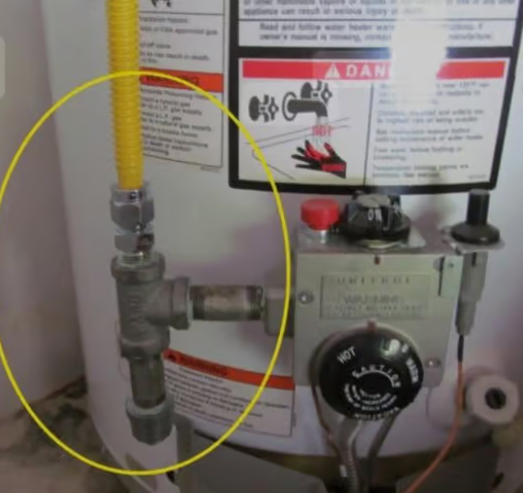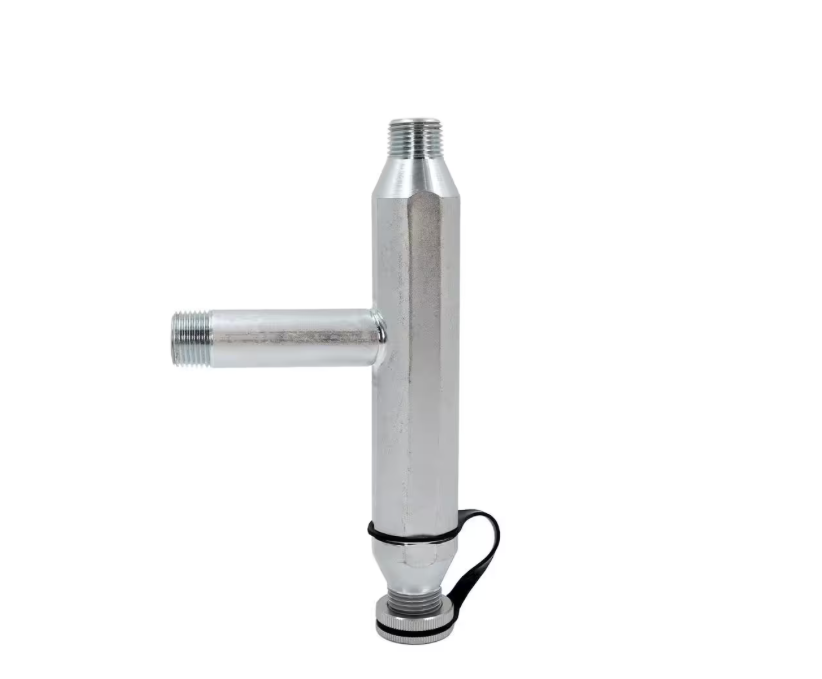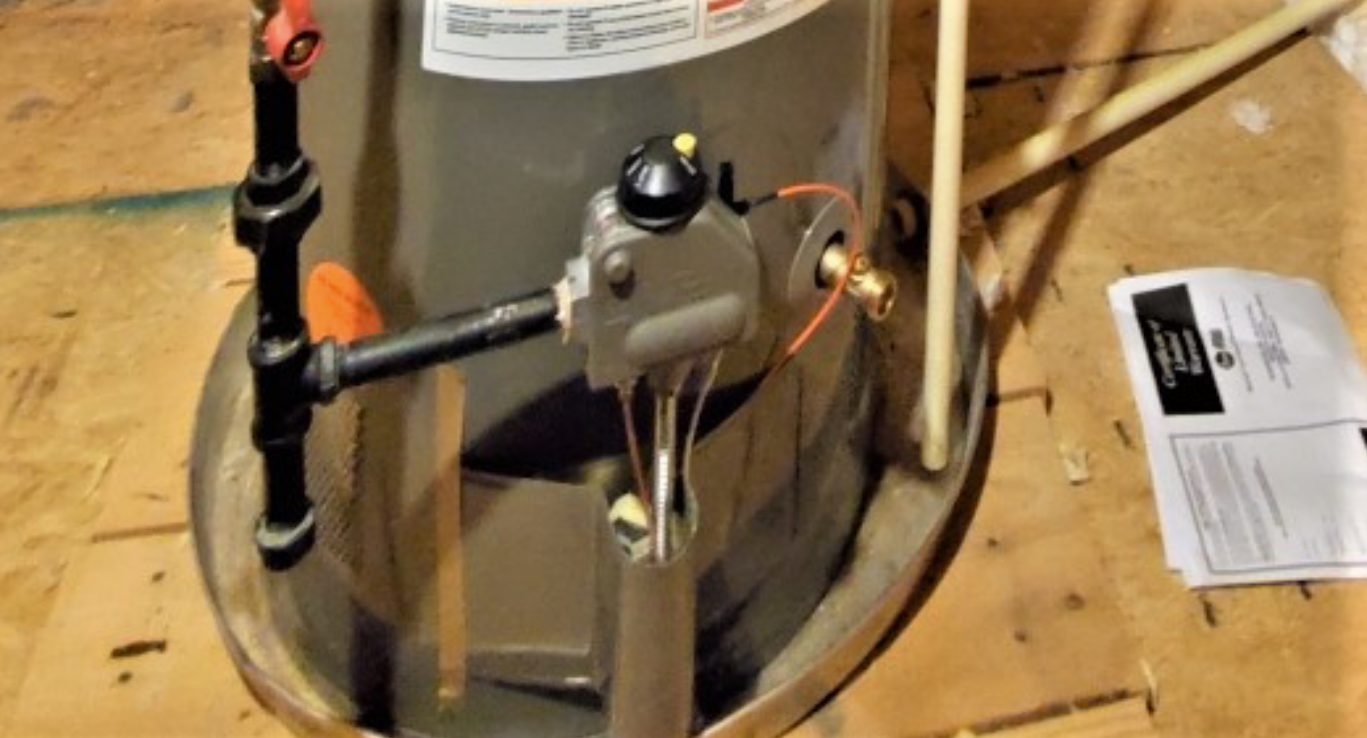
There are many little features and details in a water heater that help it to operate safely, within plumbing code, and in a way that helps it function more effectively, thus saving you money to run it.
One of those practical pieces is the drip leg.

Drip Leg for Water Heater
Any plumber can tell you that a hot water heater gas pipe drip leg is a safety feature of a water heater that is designed to prevent the accumulation of debris and moisture in the gas supply line. This device is a small, vertical pipe that is attached to the gas line and extends downward from the gas valve of the water heater.
The drip leg is usually made of a 6″ steel nipple and has a cap at the bottom that can be opened to remove any accumulated debris or water. This feature helps to prevent the accumulation of sediment, rust, or other particles that can clog the gas supply line or gas control valve and affect the performance of the water heater.
The drip leg is also important for safety reasons because it helps to prevent the flow of gas from being disrupted by any water that may be present in the gas line. Water can cause damage to the gas valve, burner or other components of the water heater, leading to potential gas leaks or even fires.

Drip legs vs sediment traps in gas lines.
Drip legs and sediment traps are two different things, though the terms are often used interchangeably, but one’s job is to prevent condensation, while the other is to collect sediment. Both of them matter for the health of your water heater.
Let me break down the differences between a drip leg and a sediment trap in gas lines.
Drip Legs
Drip legs are also known as a “drip pocket or “drip tee”. Their primary purpose is to collect condensation from gas lines and keep things dry.
They’re more commonly used in areas with high humidity, and they are required in certain climates on account that condensation is likely.
They’re typically longer than a sediment trap (usually between 3 and 12 inches), and they’re installed at low points in the gas line.
Sediment Traps
A sediment trap is also called a “dirt leg” or “dirt pocket”. Its primary purpose is to collect SOLID debris and particles from gas lines, protecting gas valves and burners from debris.
A sediment trap is required for gas appliances, like furnaces or water heaters, to collect sediment that might cause a problem later.
They’re usually shorter than drip legs (typically 3 to 4 inches), and they’re installed as close as possible to the appliance inlet.
Both a drips leg and a sediment trap are T-fittings with capped bottoms, both are used to protect equipment, both require periodic maintenance and cleaning, and both are part of gas line safety systems.

What is the cost of installation for a drip leg?
Here’s a breakdown of costs for a drip leg installation in Venice, FL.
Professional installation service: $175-275
Parts: $30-45
Local permits: Around $50
City inspection fee: Included with permit
Total: $225-325
What do you pay for a sediment trap installation?
Here’s a breakdown of costs for installing a sediment trap in Venice, FL.
Professional installation service: $150-225
Parts: $20-35
Local permits: ~$50
City inspection fee: Included in permit
Total: $200-275
NOTE: Prices can vary based on current market conditions, individual contractor rates, specific installation requirements, complexity of the job, and material costs (which tend to fluctuate).
The best approach to determine exact cost and maybe save a few dollars is to get 2 or 3 quotes from local providers, ask what factors affect the final price, and confirm if permits and inspections are required, and get written estimates that detail all costs.
If you find yourself needing a plumber in Venice for a gas hot water heater replacement or repair, we’ve got you covered. Call your locally owned and operated master plumber at Advocate Master Plumbing.

